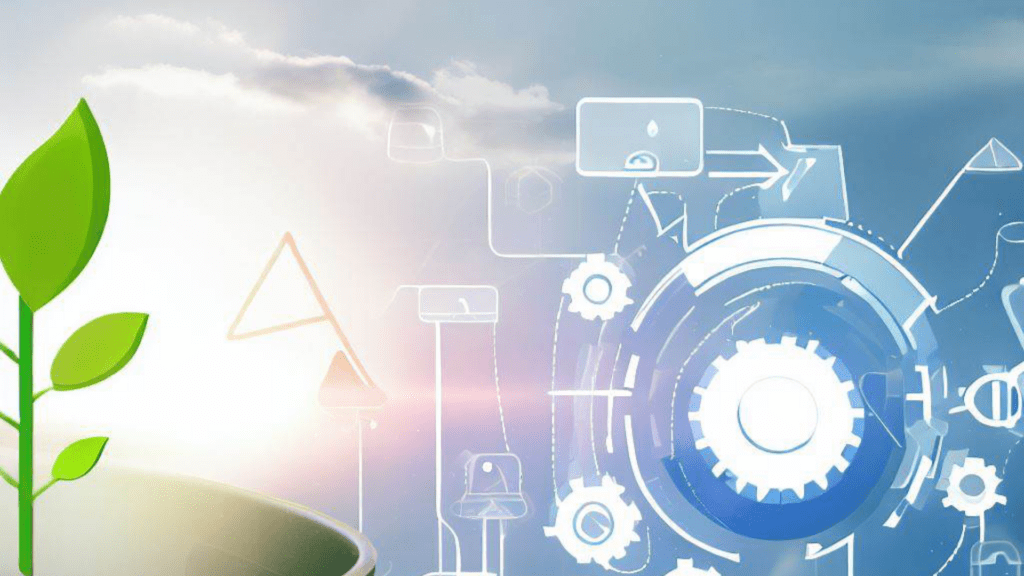
Introduction
The intersection of technology and sustainability is a burgeoning frontier. As businesses globally strive for greener operations, the role of digital solutions, especially workflow automation, cannot be overstated. But how exactly does transitioning to digital workflows translate into a reduced environmental footprint? Let’s delve in.
The Environmental Cost of Traditional Processes
Physical paperwork, manual data entry, and face-to-face approvals—these traditional processes come with hidden environmental costs:
- Paper Consumption: According to The World Counts, the world uses over 400 million tons of paper each year1, leading to deforestation and associated carbon emissions.
- Energy Usage: Physical processes often necessitate travel, be it inter-departmental meetings or international business trips. This translates into significant energy consumption.
- Waste Production: Manual errors, redundant processes, and physical storage requirements lead to wastage, both in terms of resources and space.
The Green Promise of Digital Workflows
- Paperless Operations: Workflow automation inherently supports paperless operations, directly reducing the demand for paper and the associated environmental implications.
- Efficient Processes: Automated workflows streamline operations, eliminating redundancies and ensuring optimal resource usage.
- Virtual Collaborations: Digital processes enable remote collaborations and approvals, drastically cutting down the need for travel and associated carbon emissions.
- Digital Storage: With cloud storage solutions integrated with workflow engines, businesses can reduce their physical storage needs, thereby minimizing resource consumption.
Beyond Direct Benefits: A Ripple Effect
While the direct environmental benefits of digital workflows are evident, there’s also a ripple effect. Efficient processes lead to quicker decision-making, enabling companies to prioritize and implement green initiatives faster. Furthermore, the transparency afforded by digital workflows can help companies better track their sustainability goals.
Conclusion
In an era where both consumers and businesses are becoming increasingly eco-conscious, the move towards digital workflows isn’t just a nod to efficiency — it’s a commitment to a greener future. As businesses strive for a balance between profitability and sustainability, embracing digital workflows is a decisive step in the right direction. Explore our services or get in touch for a consultation.
